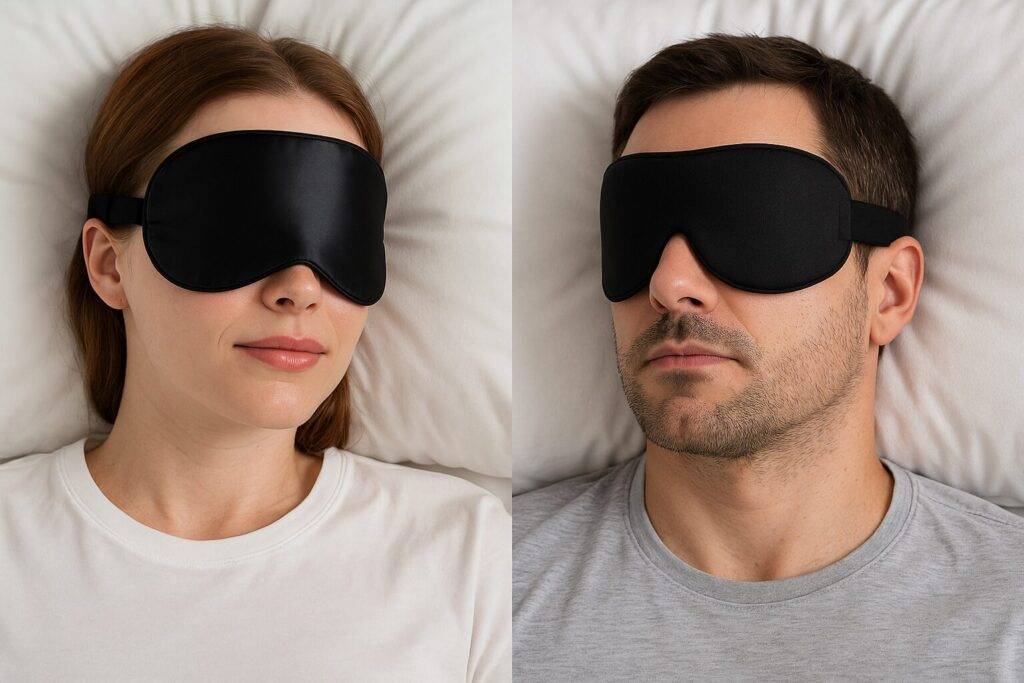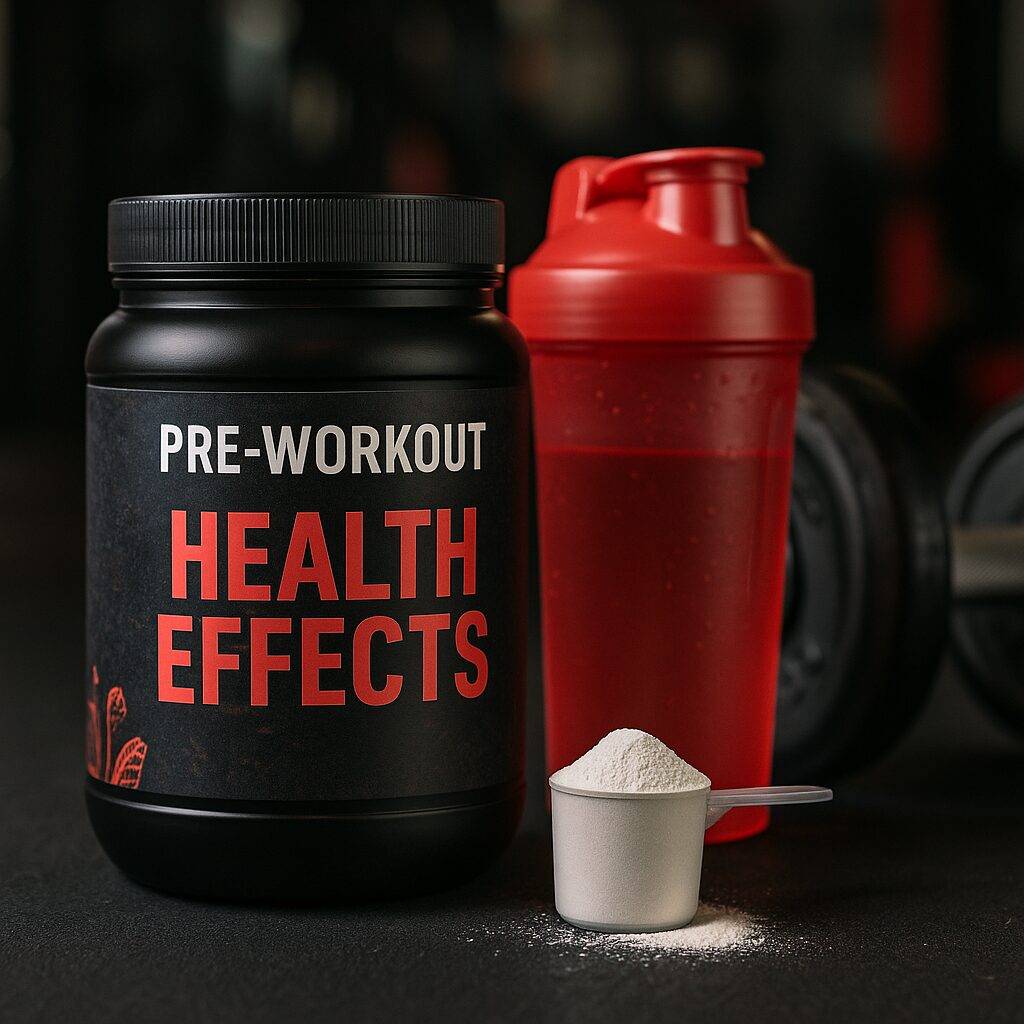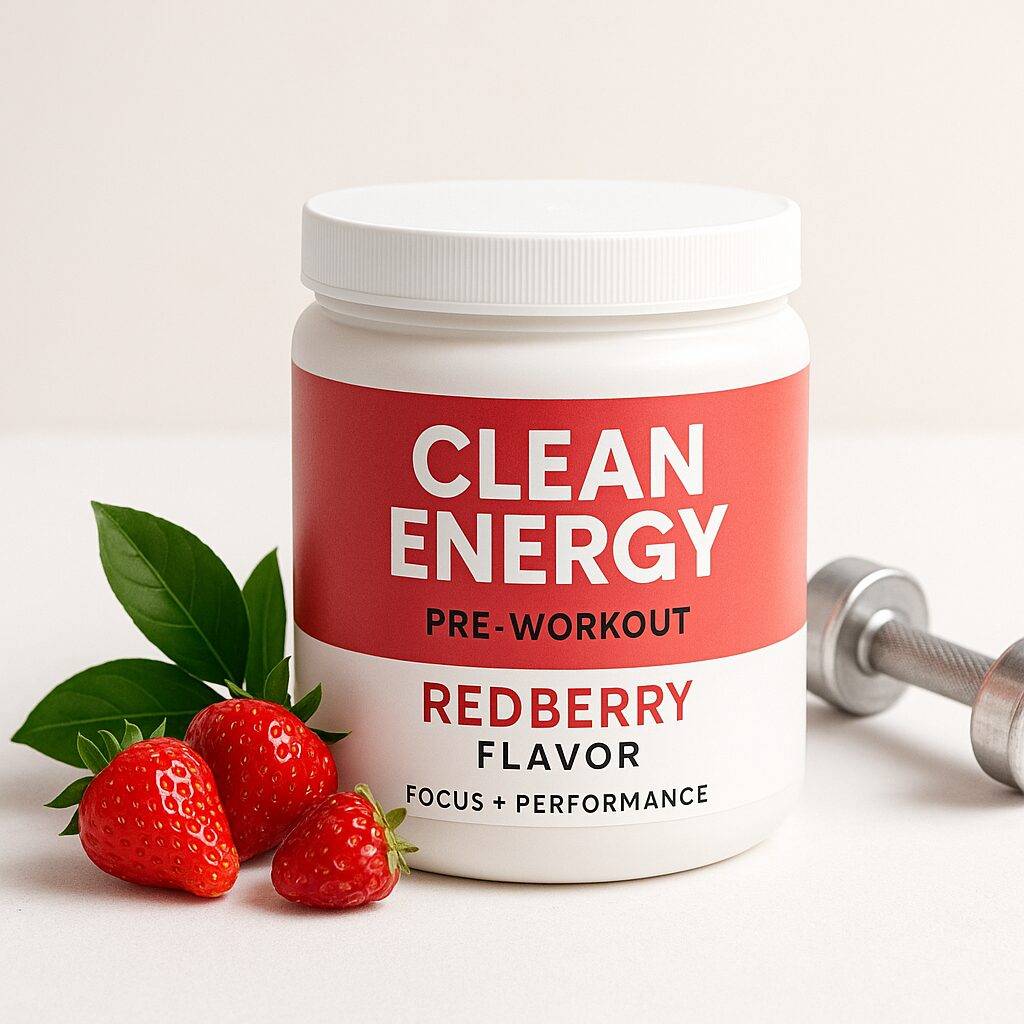If you’re looking for the best eye cover for better sleep, this sleep mask comparison will help you decide. Choosing between a silk sleep mask and a memory foam sleep mask isn’t always easy — both have unique benefits that cater to different sleep styles. So which one is better for you?

Table of Contents
Toggle1. Sleep Mask Comparison: Comfort and Fit
Comfort is key in any sleep product, and both silk and memory foam deliver — but in different ways. Silk masks are incredibly lightweight and feel cool on the skin. They’re best for people who dislike pressure on the face and want a barely-there experience.
Memory foam sleep masks, in contrast, offer a contoured fit that gently hugs the face. They’re especially good for side sleepers who need a secure fit. The foam adapts to your face shape, adding a sense of cocooned comfort that many users love.
2. Light Blocking Capabilities
When it comes to blocking out light, the design matters. Memory foam masks usually outperform silk masks in this area. Thanks to their thicker build and contoured edges, they block light completely — even around the nose bridge, where gaps often occur.
Silk masks can still block light effectively, especially if they’re well-designed with wider coverage. However, due to the soft and flexible nature of silk, some light leakage may happen unless the fit is perfect.
3. Breathability and Skin Sensitivity
Here’s where silk really shines. Silk is naturally breathable, hypoallergenic, and smooth — making it ideal for sensitive or acne-prone skin. It glides across the face and reduces friction, which is why many people also use silk pillowcases to prevent sleep lines and breakouts.
Memory foam is more insulating. While that can be cozy in cooler environments, it may trap heat in warmer climates. Some modern foam masks now come with mesh linings or cooling gel, which improves breathability. But silk still wins when it comes to keeping your skin cool and irritation-free.

4. Durability and Care
Silk is luxurious — but delicate. Most silk sleep masks require handwashing and air drying, and their softness can wear down over time. If you use it nightly, expect to replace it every 6–12 months depending on quality.
Memory foam masks tend to be more durable. They hold their shape well, and many include machine-washable outer covers. If ease of maintenance is a priority, memory foam gets the point.
5. Travel Friendliness
Both types of sleep masks are portable, but each has pros and cons. Silk masks are extremely lightweight and easy to fold into small spaces — perfect for minimalist packing. Memory foam masks offer more structure and stability, making them ideal for use on planes or buses where you’re sitting upright.
6. Use Cases: Who Should Use Which?
- Choose a silk sleep mask if: you have sensitive skin, live in a warm climate, or prefer minimal facial contact.
- Choose a memory foam mask if: you’re a side sleeper, travel often, or need total darkness in bright rooms.
7. Side-by-Side Sleep Mask Comparison Table
| Category | Silk Sleep Mask | Memory Foam Sleep Mask |
|---|---|---|
| Comfort | Light, soft, barely noticeable | Contoured, cushioned, secure fit |
| Light Blocking | Good with proper fit | Excellent due to full facial contour |
| Skin Friendliness | Best for sensitive skin | Can get warm; less breathable |
| Durability | Delicate, needs handwashing | Sturdy, washable covers |
| Best Use | Home, skincare routine | Travel, light-sensitive sleep |
8. What Experts Say
According to Healthline, sleep masks are particularly helpful for people with insomnia, jet lag, or shift work. Blocking light sends a signal to your brain that it’s time to sleep, and both silk and memory foam do this — just in different ways. The key is choosing one that aligns with your skin type, environment, and sleep habits.
9. Final Thoughts on This Sleep Mask Comparison
There’s no universal “best” sleep mask. The right choice depends on your needs and preferences. This sleep mask comparison shows that silk excels in comfort and skin-friendliness, while memory foam dominates in light-blocking and durability.
If you still can’t decide, you might even consider owning both — silk for relaxing at home, and memory foam for travel or deep sleep. Either way, improving your sleep hygiene with a quality mask is a step in the right direction.
10. FAQ – Sleep Mask Comparison
10.1 Which sleep mask is cooler to wear?
Silk is more breathable and cooler on the skin than memory foam.
10.2 Is memory foam better for side sleepers?
Yes, because it stays in place and provides full light coverage.
10.3 Can I wash both types?
Silk requires handwashing. Memory foam often has a removable cover that’s machine washable.
10.4 Which one is better for travel?
Memory foam offers more stability, but silk is lighter and easier to pack.
10.5 Which sleep mask is more durable?
Memory foam masks are generally more long-lasting with proper care.
🛒 Shop Sleep Support Essentials Now
11. Related Articles You May Like:
- Mini Cinnamon Rice Cakes – Low-Calorie, Crunchy Snack for 2025
- Crunchy Healthy Snacks vs Chewy – Best Healthy Picks for 2025
- Sweet vs Savory – What Satisfies Your Cravings?
Disclosure: As an Amazon Associate, HealthFitHub earns from qualifying purchases.








